
Why Do Humans Have Belly Buttons?
Introduction
Belly buttons, also known as navels, are those little scars on our abdomen that remind us of a time when we were literally attached to our mothers. They serve as a fascinating reminder of our early development. Every placental mammal, from humans to whales, possesses a belly button, making it a common feature in the animal kingdom. But why do we even have belly buttons? This question opens up a world of exploration into their origin, types, and significance. Not only do they mark where our umbilical cord was once connected, but they also serve as a humorous conversation starter. So, let’s take a closer look at the biological basis of belly buttons and discover why they are more than just a cute indentation or protrusion on our bellies.The Biological Basis of Belly Buttons
What is a Belly Button?
A belly button, or umbilicus, is essentially a scar left behind after the umbilical cord is cut at birth. This cord plays a crucial role during fetal development. It is the lifeline connecting the fetus to the mother, delivering essential nutrients and oxygen while also removing waste. The umbilical cord starts forming early in pregnancy, typically around five weeks. As the fetus develops, this cord grows longer, often reaching about two feet in length. It branches into one large vein and two smaller arteries, creating a robust system for nutrient exchange. Once the baby is born, the umbilical cord is cut, and the remaining stump eventually dries up and falls off, leaving the belly button behind.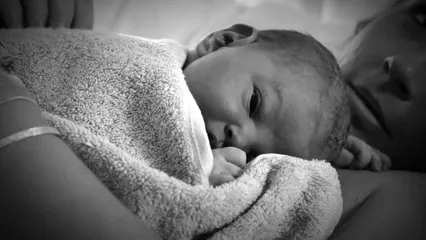
The Formation Process
When a baby is born, the umbilical cord, which connected it to the mother, is cut. This cord is a vital lifeline during pregnancy. It consists of one large vein and two smaller arteries, delivering nutrients and oxygen from the mother while removing waste. After birth, the remaining portion of the umbilical cord is called the umbilical stump. Initially, the stump remains attached to the baby. Over the next few days, it dries out and gradually shrinks. Eventually, it falls off, leaving behind a belly button. This process typically occurs within one to two weeks after birth. It’s quite a remarkable transformation from a cord to a tiny scar! The remnants of the umbilical cord also have a lasting impact on our bodies. After the cord is cut, the arteries and veins close up and transform into ligaments. These ligaments don’t serve a prominent function but remain as a reminder of our early connection to our mother. The urachus, a fibrous cord that originated from the bladder, is another remnant found behind the navel. If you’re a new parent, don’t forget to check out the essential umbilical cord clamp. It’s a must-have for safely cutting the umbilical cord after birth! Our belly buttons are unique, just like fingerprints. They serve as a permanent reminder of the incredible journey we undertook from womb to world.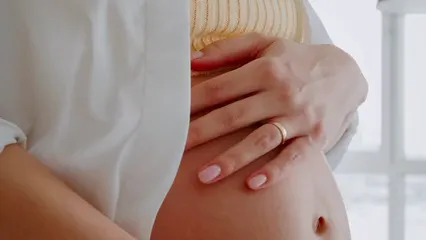
Types of Belly Buttons
Belly buttons come in various shapes and sizes, and they can be broadly categorized into two main types: innies and outies. Most people have innies, which are concave and appear as a small indentation on the abdomen. Outies, on the other hand, protrude outward and occur in about 10% of the population. The shape of your belly button is influenced by a mix of genetic and physical factors. For instance, how the umbilical stump heals after birth plays a crucial role. Innies generally form when the skin around the stump heals inward, while outies occur if the stump remains slightly protruded. Beyond innies and outies, there are other less common variations. Some belly buttons take on unique forms, such as:- T-shaped: Resembles a “T” and has a distinctive horizontal appearance.
- Vertical: An elongated shape that runs up and down.
- Round: A perfectly circular shape without any noticeable folds.
- Horizontal: A belly button that appears more stretched horizontally.
- Light bulb: Characterized by a minimal hooding and a bulbous shape.
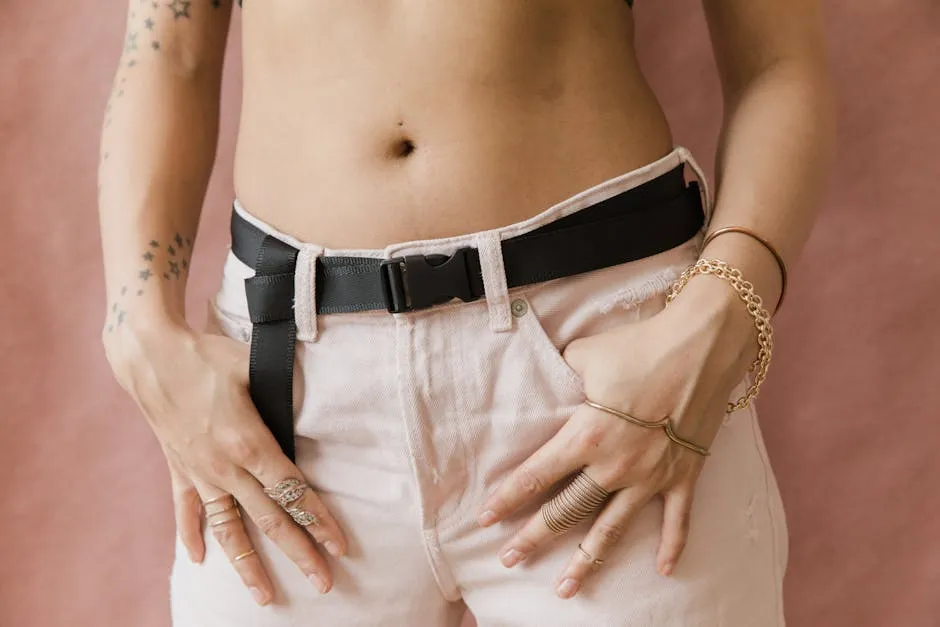
Belly buttons are fascinating features of human anatomy. To learn more about their significance, check out this article on Why do humans have belly buttons.
Cultural and Personal Significance
Belly buttons hold meaning beyond their biological function. In many cultures, they symbolize life and the connection between mother and child. In some traditions, the navel is considered sacred. For example, in Hinduism, the navel is associated with the manipura chakra, representing personal power. Fashion trends also embrace belly buttons, especially in styles that celebrate the midriff. Crop tops and high-waisted pants often leave belly buttons on display, making them a part of personal expression. But wait, there’s more! Belly buttons have found their way into body art. Navel piercings are popular, allowing individuals to adorn this unique scar in creative ways. If you’re looking to jazz up your belly button piercing, check out some fabulous belly button piercing jewelry. It’s a fun way to express yourself and show off that unique belly button! So, whether it’s a tiny diamond stud or a bold hoop, belly buttons have become a canvas for self-expression. They tell stories of personality, culture, and style. Each belly button is not just a scar; it’s a reminder of our beginnings and a symbol of our individuality.
Belly Buttons and Health
Clinical Significance
Belly buttons can be more than just an interesting feature; they can also be a focal point for health concerns. Conditions like umbilical hernias can occur when tissue protrudes through an opening in the abdominal muscles. This is more common in infants, but adults can also be affected. If you notice a bulge around the navel, it’s wise to consult a healthcare professional. Another condition to be aware of is omphalitis, an infection that affects the belly button. This inflammation typically occurs in newborns, but can happen in adults too. Symptoms may include redness, swelling, and discharge. If untreated, it can lead to serious complications. Keeping the area clean and monitoring for any changes is essential. Belly buttons also play a role in surgical procedures. Surgeons often use the navel as an entry point for laparoscopic surgeries. This minimally invasive technique allows for operations with smaller incisions, which can lead to quicker recovery times. It’s fascinating how such a small part of our anatomy can facilitate significant medical interventions! In addition to these health conditions, belly buttons can also tell us more about our overall wellness. Changes in the shape or appearance of your navel could signal underlying issues. Factors like weight gain, pregnancy, or even certain diseases can change how our belly buttons look. Belly buttons even host a vibrant community of microbes. The Belly Button Biodiversity Project revealed that our navels can harbor a diverse range of bacteria. This microbial life is a fundamental aspect of our skin’s ecosystem, playing a role in our immune health.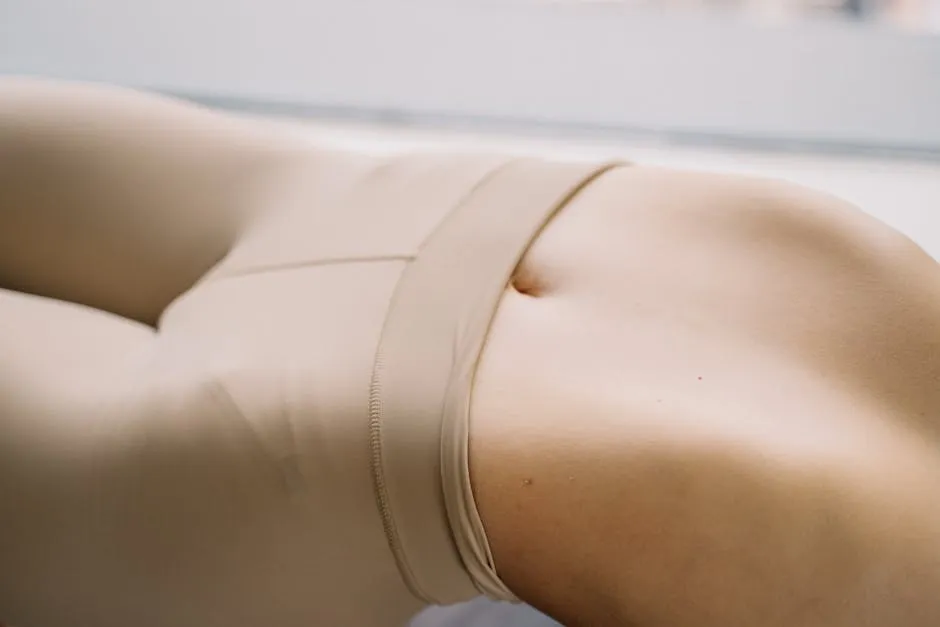
Belly Button Biodiversity
Did you know your belly button is a microbial jungle? The Belly Button Biodiversity Project, launched by a team of scientists at North Carolina State University, aimed to uncover the hidden life thriving in this often-overlooked part of our anatomy. Participants wiped cotton swabs in their belly buttons, and the results were astonishing! The project revealed a whopping 2,368 different species of bacteria living in belly buttons. Many of these tiny organisms are likely new to science. On average, each belly button hosted about 67 different species. However, not a single species was found in every participant’s navel. Only eight species appeared in at least 70% of the samples, proving just how unique our microbial companions are. So, why should we care about these belly button dwellers? Understanding the microbial communities living on our skin is crucial for our health and hygiene. These microbes form our first line of defense against harmful pathogens. They help maintain a balanced ecosystem that can influence our immune system. Knowledge of this biodiversity may even aid in developing personalized medicine and treatments for various skin conditions. In essence, your belly button is more than just a cute scar; it’s a thriving community of microorganisms playing a vital role in your health. So, the next time you find lint in your navel, remember there’s a lot more happening beneath the surface!
The Evolutionary Perspective
Evolution of the Umbilical Cord and Belly Button
Belly buttons, or navels, are a fascinating evolutionary remnant shared among placental mammals. The umbilical cord connects a developing fetus to its mother, providing essential nutrients and oxygen while removing waste. After birth, the cord is cut, leaving behind a belly button as a lasting reminder of that connection. The evolution of the umbilical cord and belly button has deep roots in mammalian history. In mammals, this structure has adapted to ensure the survival of the young while providing a direct link to the mother’s circulatory system. As mammals evolved, the umbilical cord’s design optimized nutrient transfer and waste removal, leading to the belly button we recognize today. Interestingly, not all animals have belly buttons. Mammals are unique in this regard, as birds and reptiles lack this feature. Instead, these creatures rely on different methods for nutrient transfer. For example, reptiles such as lizards and snakes utilize yolk sacs, which provide nourishment during their development. Comparing belly buttons across species reveals fascinating insights into evolutionary traits. For instance, larger mammals, like whales, have more prominent belly buttons, while smaller animals, such as cats and dogs, have flatter, less noticeable ones. This variation highlights how different life forms have adapted their physiological features to suit their environments.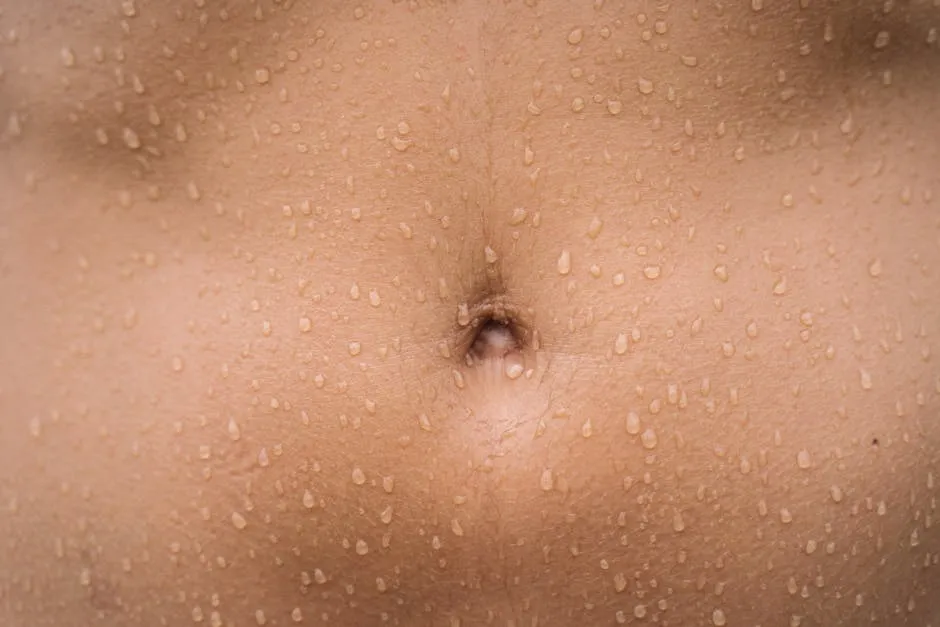
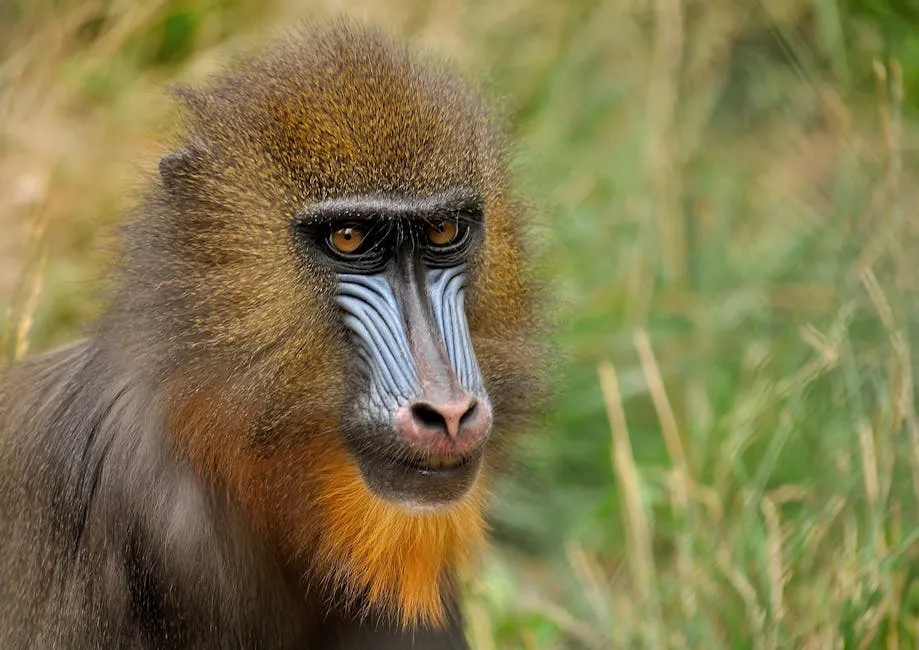
Historical Practices
Belly buttons have a rich tapestry of historical significance across cultures. In many societies, the act of cutting the umbilical cord is steeped in tradition. Some cultures, like the Maasai of East Africa, have unique practices. They often allow the umbilical cord to fall off naturally, a ritual known as “lotus birth.” This practice symbolizes a deep connection between mother and child, emphasizing the importance of the umbilical cord even after birth. In ancient times, some cultures believed that a proper severing of the cord would ensure a healthy life for the child. For instance, the Inuit people would cut the cord with a sharp tool, then place it in a special ceremonial pouch. This was done to honor the transition from womb to world, making sure the child was blessed from the very start. Moreover, various traditions have emerged around the management of the belly button post-birth. In some Asian cultures, the belly button is seen as the center of life force. Special care might be taken to ensure it is clean and protected, as it symbolizes the connection to maternal energy. In other parts of the world, belly buttons have been linked to superstitions. For example, some believe that a child’s belly button should never be touched until it has healed, as doing so could bring misfortune. These practices highlight how deeply interconnected the belly button is with our cultural identities. Beyond its biological function, it serves as a reminder of our beginnings and the diverse customs that shape our understanding of life. Whether treated with reverence or as a source of humor, the belly button retains its significance in cultures around the globe.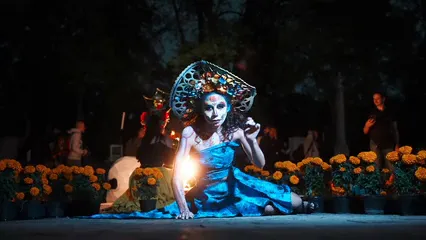
FAQs
What is the medical significance of a belly button?
The belly button, or umbilicus, holds medical importance as a landmark for various procedures. It can serve as an entry point for laparoscopic surgeries, reducing recovery time. Additionally, it is crucial for identifying conditions like umbilical hernias, where tissue bulges through the abdominal wall. Recognizing these issues can lead to timely medical intervention.
Why do some people have outies?
Outies occur when the umbilical stump protrudes after birth, affecting around 10% of the population. This shape can be influenced by genetic factors, healing processes, or even umbilical hernias in some cases. During pregnancy, increased abdominal pressure might temporarily change an innie into an outie due to skin stretching.
Can belly buttons get infected?
Yes, belly buttons can become infected. Symptoms of infection include redness, swelling, and discharge. Treatment usually involves keeping the area clean and may require antibiotics if the infection persists. Regular hygiene practices can help prevent infections and keep the belly button healthy.
Are belly buttons the same across all mammals?
Belly buttons vary among mammals, especially between placental mammals and others. While all placental mammals have belly buttons, their appearance can differ widely. For instance, larger mammals like whales have prominent navels, whereas smaller mammals may have less noticeable ones due to fur.
How do you care for a belly button?
Caring for your belly button is simple. Regularly clean it with mild soap and water during showers. Ensure it dries completely afterward to prevent moisture buildup, which can lead to odors or infections. If you have a piercing, follow aftercare instructions to maintain hygiene and prevent complications.

All images from Pexels




